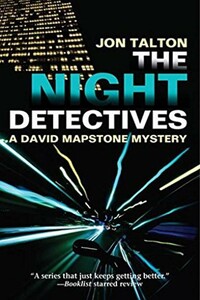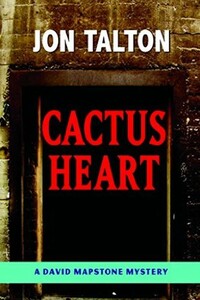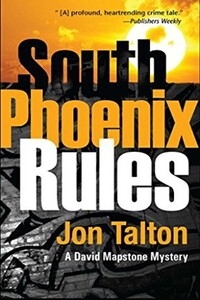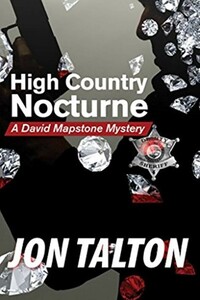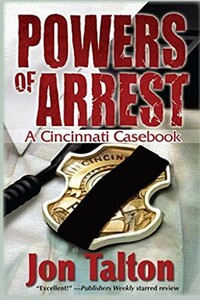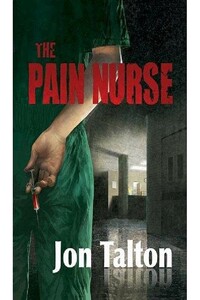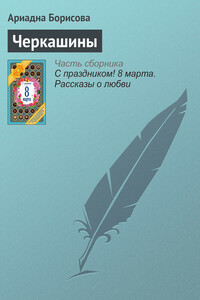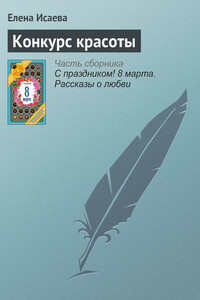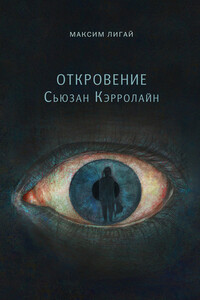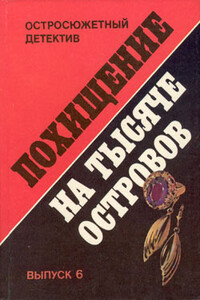It felt wrong from the start.
The man who sat across from us wore a sleek charcoal suit and a starched white shirt with French cuffs. I made the suit for a Dsquared2 right out of the New York Times Men’s Fashion supplement, retail price $1,475. Its perfectly draped cuffs broke over tasseled black loafers that might have cost more than the suit itself. You didn’t see that kind of suit in our part of town, much less when it was 108 degrees outside and this was only the first week of May. Yet he didn’t sweat.
Still, somehow, $1,475 didn’t buy elegance for the wearer, or peace of mind for me.
The suit lacked a tie, which irritated me. I like suits. I am a clotheshorse and they are also handy for concealing my firearm. Today, the rebels wear suits, which are the zenith of great clothing design. Show me a man with stubble and dressed like an adolescent and I’ll show you today’s version of 1950s conformity. Unfortunately, Phoenix weather only allows me to wear suits six months of the year. I looked at his open collar and thought: here was a suit quietly longing for a smart tie to complete it. The man appeared the same way: incomplete.
He introduced himself as Felix Smith, sat before Peralta’s desk, and said he needed our help. We already knew that part. Smith had called the day before, dropped the name of a criminal lawyer who was a friend of Peralta’s, and set up this afternoon’s meeting. I pulled over the second client’s chair and faced him.
“I want you to investigate a suspicious death.”
“Let’s start with the name of the deceased.” Peralta had produced a yellow legal pad and pen.
My partner, who was also not sweating, was in one of his many tan summer suits with a conservative tie. I wore khakis with a long-sleeve linen shirt-this was, after all, Skin Cancer City-but even in the air conditioning, a layer of sweat formed beneath the fabric. In a city where so many people either came to die or, as in the case of illegal immigrants hiking across the desert, died trying to come, I was a native. I was one of the few my age who had stayed or returned. But my body held the DNA of the British Isles and when the temp crept over one hundred five I couldn’t stop sweating.
The only cool thing against my body was the Latin cross by the Navajo silversmith Harrison Bitsue that had belonged to Robin, Lindsey’s half-sister. Robin and I had walked over to the Heard Museum and she had fallen in love with it. So I bought it for her. I didn’t know if Robin was a believer. She would have scoffed at organized religion as she did so many things in the world. But it was all that had come back to me from the medical examiner. I had restrung it on a longer beaded chain and now wore it all the time.
Felix said, “The girl’s name was Grace. Grace Hunter.”
Peralta asked more questions in his familiar deep voice. Each time, Felix gave a short, precise answer. He held a smart black portfolio but it remained unopened. Grace Hunter was twenty-three. He gave her date of birth and Social Security number, both of which we would need for records searches. She had died on April twenty-second, a little more than two weeks previously. The police had ruled it a suicide.
Peralta took notes. I studied Felix Smith and couldn’t shake a feeling of discomfort.
He looked around thirty and his hair was dark and cut short, pushing down on a low forehead. Sitting straight with his hands palms-down on his thighs, his body conveyed strength and self-possession. But he had a nose that looked as if it had been mashed in multiple fights, pocked skin that had ingested too much sun which gave the impression of a flash burn, and the remains of bruises around unsettling, old yellow eyes. Even with his head immobile, those eyes restlessly swept the room.
Joseph Stalin had yellow eyes.
I guessed that his driver’s license identified them as hazel.
He wasn’t as big as Peralta, but he was plenty big. His head was large, about the same width as the muscled-up neck that held it. His hands were large and hard, with big knuckles, and underneath the suit his plank-like shoulders looked capable of violence. The brawler’s face and body didn’t go with the tailored suit and the high-shine, pricey shoes. Unless he was somebody’s muscle.
But maybe I was being jumpy, paranoid. Peralta kept telling me that.
My agitation kicked up a notch when he said where the girl had died: San Diego. I wanted to start nervously shaking my right leg, playing drums with my hands, or leave the room. After the first jump, I made my leg stay still.
“They say she jumped off a balcony. It was from the nineteenth floor of a condo.” His voice was steady, one note above a monotone. Peralta waited several seconds before going on.
“And you don’t believe that…”
“No.”
Peralta wrote down the address where it happened. It was downtown, near the beautiful Santa Fe railroad station.
